Building a Fashion Blogging Empire Through Branding
Published on November 2, 2016, at 11:09 a.m.
by Melody Schmidt.
At first glance, a scroll through the Instagram accounts of fashion bloggers yields countless photos of trendy outfits in dreamy locations with every detail in place, right down to the perfectly coordinated lipstick shade and matching pair of Stuart Weitzman heels. Although the lives of fashion bloggers can be glamorous on the surface, most people probably don’t factor in the hours of time they spend coordinating the perfect outfit, strategically planning social media posts and the countless late nights spent building their brands. The intensive PR strategy that goes into these seemingly effortless posts is not to be underestimated.
In an article by The Charlotte Observer, Caitlin Covington, the blogger of notable Southern fashion blog “Southern Curls and Pearls,” shared that she often spends hours each day modeling for and editing hundreds of pictures just to get the perfect Instagram outfit photo. That doesn’t include the countless other hours spent researching outfits, writing blog posts and responding to emails: an 80-hour work week is typical for her.
Another time-intensive process – and perhaps the single most important PR objective for a fashion blogger – is consistent branding that aligns with her personal sense of style. From outfit posts to website layouts to social media feeds, branding is a huge part of what makes fashion blogs such lucrative websites that build and generate a lot of traffic.
This branding creates brand loyalty, consistently bringing readers back to see what their favorite fashionistas are wearing this week. Personal style is a significant factor for fashion blogs’ branding in particular since many followers look to specific bloggers whose style aligns with their own for which trends to fill their closets for the upcoming season. Amy Littleson, the blogger behind “I Believe in Pink,” uses consistent branding that perfectly matches her voice as a writer and sense of style.

“I believe that being authentic, original and true to my personal style is so important,” Littleson said. “I pride myself on the fact that I Believe in Pink’s brand is completely my own! I am the same way in person as I am on my website and social channels — which is why I believe blogging comes so naturally to me and I’ve been successful so far.”
Niki Ludera, the blogger behind “The Andi’s List,” shares her sense of style with readers in a way that is both exclusive and accessible. This balance is illustrated in another important element of the PR of fashion blogging: providing different price points for each look in order to reach a wider audience.
“I like to mix higher price points with lower price points,” Ludera said. “I also will link similar, less expensive items to appeal to more readers.”
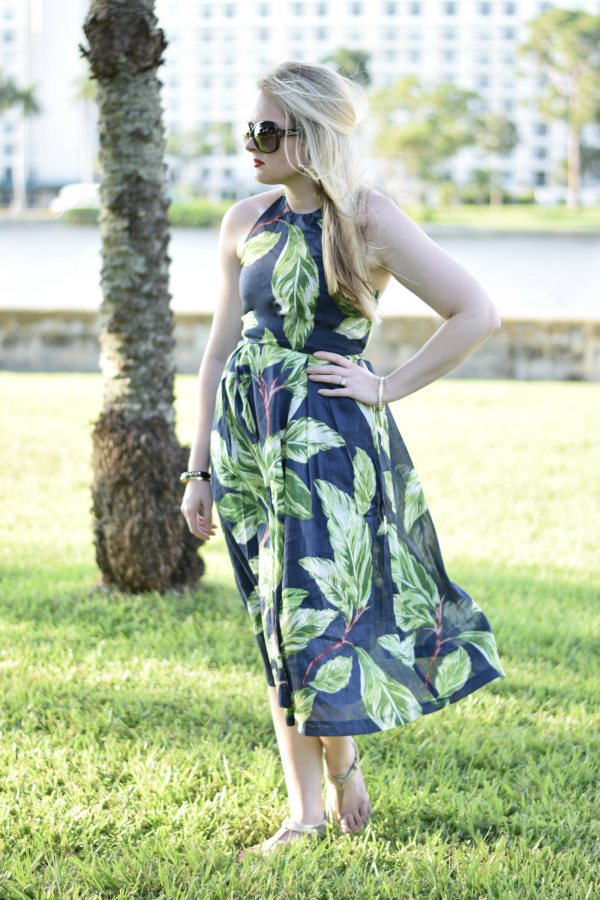
Since there are so many newcomers to the blogging community in recent years, it has been difficult for fashion bloggers to rise to the top among stiff competition. However, if bloggers incorporate authentic content, stay consistent with their branding and find their niche in the fashion blogging community, they can become quite influential.
Isabella Darden, the blogger behind “Yep, It’s Prep,” has seen her success as a blogger skyrocket since she first started her blog, gaining a thousand followers on Tumblr within her first week of blogging, and growing to over 26,000.
“I never started with the intention of becoming a ‘popular’ blog; I did it because it made me happy, and I genuinely loved giving people honest advice,” Darden said. “This is the most important element of blogging — doing it because it’s something you’re truly passionate about.”
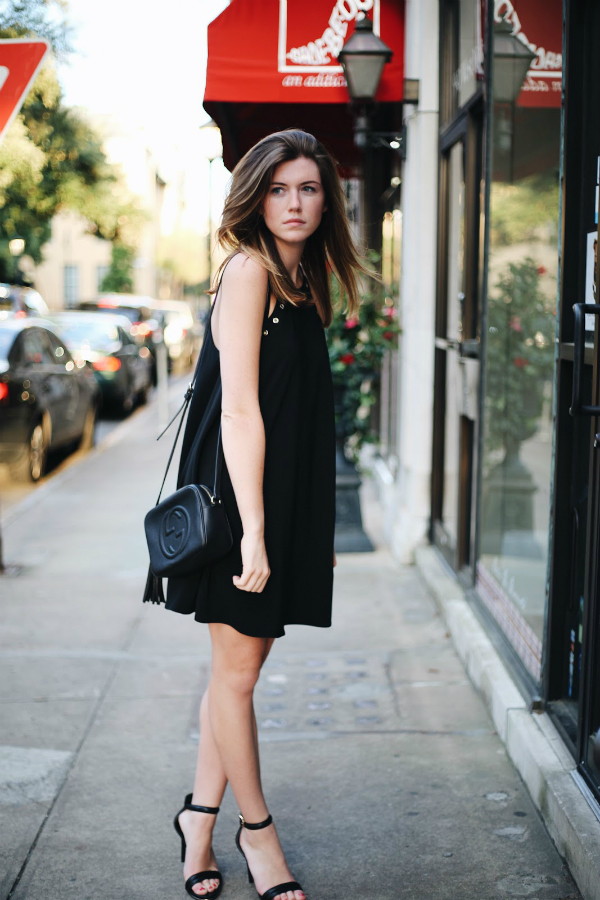
Although it can be difficult at times, finding the balance between adhering to trends that other bloggers are incorporating into their looks but sticking to their own personal senses of style is essential to fashion bloggers’ success; it is what makes them unique in the fashion blogging community.
“I only put outfits on my blog that I would genuinely wear and be excited about putting on in the morning,” Darden said. “I try to incorporate trends that I am absolutely comfortable with, which means that my trends don’t always necessarily align with the ones worn by other bloggers.”
In addition to the pressure to keep content fresh and original, a lot of work goes into the behind-the-scenes workload of blogging. Social media scheduling, content planning and promotion for blog posts can be an all-day, every-day process.
“I set up my posts to publish at 7 a.m., usually Monday through Friday,” Ludera said. “At 8 a.m., my subscribers receive an email about my latest post. I usually promote on social media (Facebook, Twitter, Snapchat, Pinterest and Instagram) in the mid-afternoon and a little before midnight. I find that most of my readers really respond during those times.”
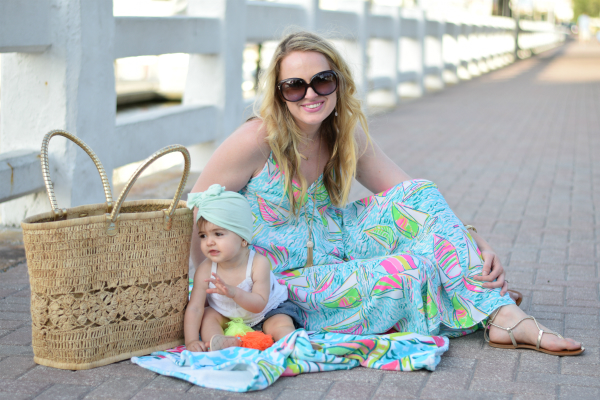
Although bloggers can put a substantial amount of time into planning their content, it’s also beneficial to sometimes write posts based on inspiration over strict planning, which are especially authentic.
“I try to maintain an editorial calendar, but to be honest I often write and publish posts on the fly when I’m suddenly inspired by something or get the urge to share it,” Littleson said. “I’ve been known to write blog posts in crazy places or at crazy times just to try to get them in my busy schedule!”
One of the largest driving factors behind posts in the fashion blogging world today are sponsored posts. These are outfit posts in which boutiques and corporate sponsors provide payment for their products to be featured in fashion blog posts. Bloggers typically promote sponsored brands through features on their blogs, tags in their Instagram photos, links through the fashion email subscription service Liketoknow.it, and reviews on Snapchat and Instagram stories.
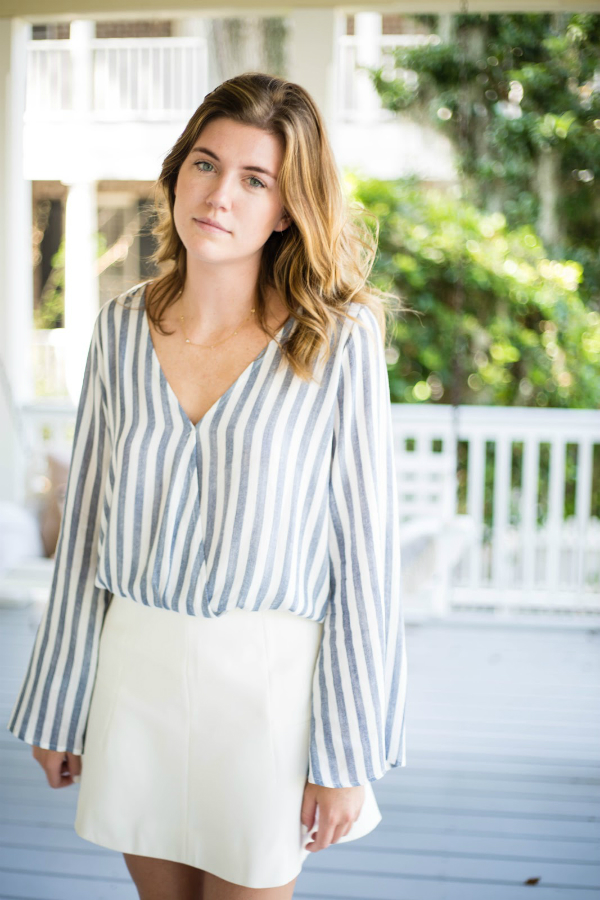
These posts can also be an effective PR tool for companies to reach new publics and form meaningful professional relationships with bloggers. Critics shouldn’t underestimate the power of a well-placed handbag in a sponsored post on Instagram; products will often sell out and a company’s social media followers can increase by the hundreds (or thousands) within a matter of hours after a featured post.
This strategy makes posts sponsored over social media an especially powerful tactic for companies to introduce themselves to new publics, and that kind of publicity doesn’t come cheaply. According to an article by Mashable, these posts can range from $100 to over $10,000 depending on a blogger’s following and influence in the fashion blogging community.
The decisions of which brands to partner with and which products to select for featured posts are highly important. Partnering with specific brands that reflect a blogger’s own brand image and sense of style are essential to maintaining reader loyalty and bringing in new followers from the sponsored brands themselves.
“I only work with brands who I already shop from or if I would purchase their items regardless of working together,” Littleson said. “That’s why it’s of the utmost importance to me that every brand I work with is true to my personal style and taste. Therefore I am extremely selective with my collaborations.”
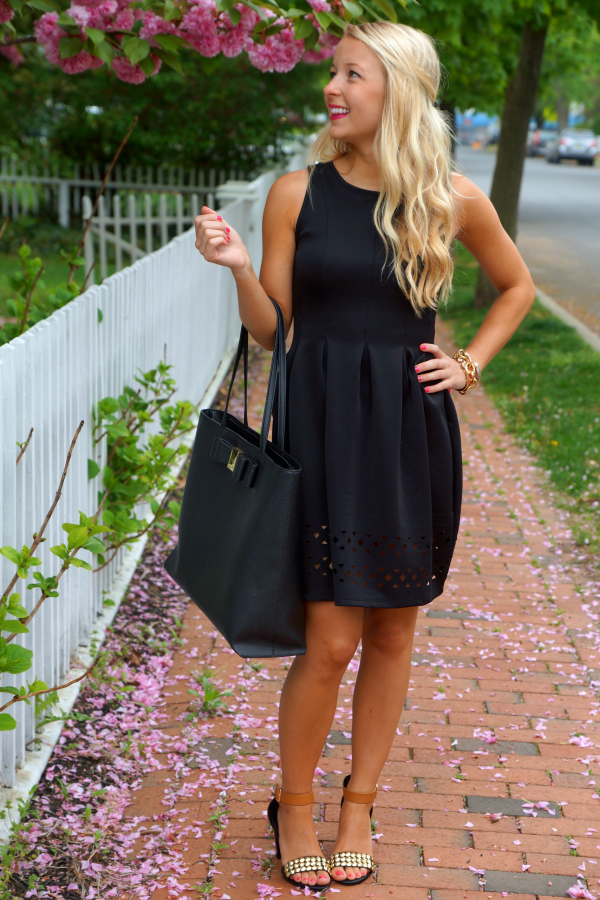
Like any public relations endeavor, transparency is key when communicating with key publics — in this case, readers.
“I always thoroughly research a company before deciding to move forward with a collaboration, and I try not to collaborate with companies that don’t seem to align with my style,” Darden said. “I decide to partner with brands that will respect me and the collaboration process.”
The public relations implications of fashion blogging are significant for both bloggers and companies. As future public relations practitioners, we can learn a lot from the fashion blogging community about how to effectively build a brand and reach key publics through social media.




